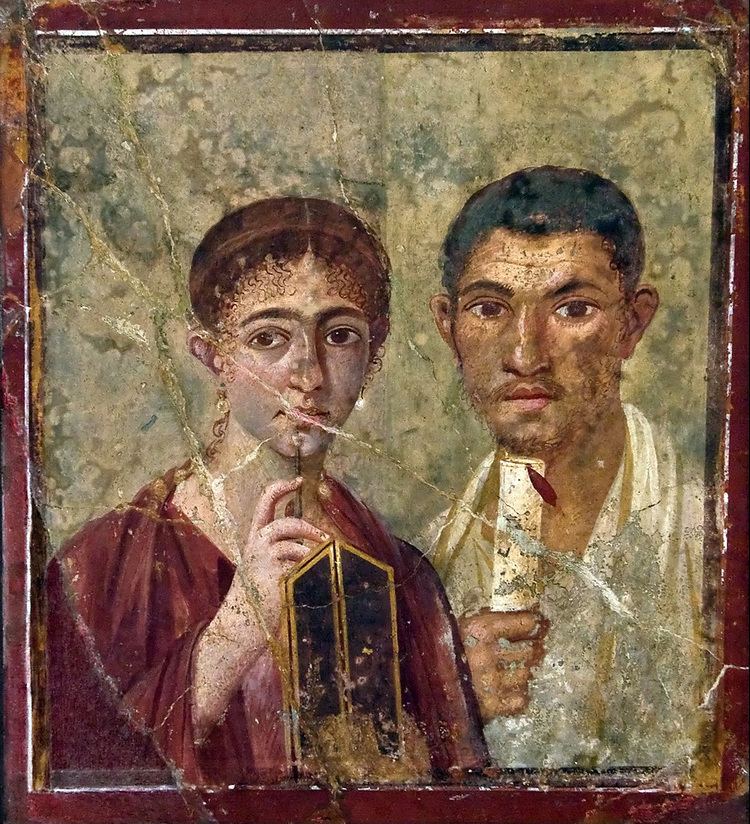 | ||
In the study of history as an academic discipline, a primary source (also called original source or evidence) is an artifact, a document, diary, manuscript, autobiography, a recording, or any other source of information that was created at the time under study. It serves as an original source of information about the topic. Similar definitions can be used in library science, and other areas of scholarship, although different fields have somewhat different definitions. In journalism, a primary source can be a person with direct knowledge of a situation, or a document written by such a person.
Contents
Primary sources are distinguished from secondary sources, which cite, comment on, or build upon primary sources. Generally, accounts written after the fact with the benefit (and possible distortions) of hindsight are secondary. A secondary source may also be a primary source depending on how it is used. For example, a memoir would be considered a primary source in research concerning its author or about his or her friends characterized within it, but the same memoir would be a secondary source if it were used to examine the culture in which its author lived. "Primary" and "secondary" should be understood as relative terms, with sources categorized according to specific historical contexts and what is being studied.
History
In scholarly writing, an important objective of classifying sources is to determine their independence and reliability. In contexts such as historical writing, it is almost always advisable to use primary sources and that "if none are available, it is only with great caution that [the author] may proceed to make use of secondary sources." Sreedharan believes that primary sources have the most direct connection to the past and that they "speak for themselves" in ways that cannot be captured through the filter of secondary sources.
Other fields
In scholarly writing, the objective of classifying sources is to determine the independence and reliability of sources. Though the terms primary source and secondary source originated in historiography as a way to trace the history of historical ideas, they have been applied to many other fields. For example, these ideas may be used to trace the history of scientific theories, literary elements and other information that is passed from one author to another.
In scientific literature, a primary source is the original publication of a scientist's new data, results and theories. In political history, primary sources are documents such as official reports, speeches, pamphlets, posters, or letters by participants, official election returns and eyewitness accounts. In the history of ideas or intellectual history, the main primary sources are books, essays and letters written by intellectuals; these intellectuals may include historians, whose books and essays are therefore considered primary sources for the intellectual historian, though they are secondary sources in their own topical fields. In religious history, the primary sources are religious texts and descriptions of religious ceremonies and rituals.
A study of cultural history could include fictional sources such as novels or plays. In a broader sense primary sources also include artifacts like photographs, newsreels, coins, paintings or buildings created at the time. Historians may also take archaeological artifacts and oral reports and interviews into consideration. Written sources may be divided into three types.
In historiography, when the study of history is subject to historical scrutiny, a secondary source becomes a primary source. For a biography of a historian, that historian's publications would be primary sources. Documentary films can be considered a secondary source or primary source, depending on how much the filmmaker modifies the original sources.
The Lafayette College Library, provides a synopsis of primary sources in several areas of study:
"The definition of a primary source varies depending upon the academic discipline and the context in which it is used.
Forgeries
Historians must occasionally contend with forged documents that purport to be primary sources. These forgeries have usually been constructed with a fraudulent purpose, such as promulgating legal rights, supporting false pedigrees, or promoting particular interpretations of historic events. The investigation of documents to determine their authenticity is called diplomatics.
For centuries, Popes used the forged Donation of Constantine to bolster the Papacy's secular power. Among the earliest forgeries are false Anglo-Saxon charters, a number of 11th- and 12th-century forgeries produced by monasteries and abbeys to support a claim to land where the original document had been lost or never existed. One particularly unusual forgery of a primary source was perpetrated by Sir Edward Dering, who placed false monumental brasses in a parish church. In 1986, Hugh Trevor-Roper "authenticated" the Hitler Diaries, which were later proved to be forgeries. Recently, forged documents have been placed within the UK National Archives in the hope of establishing a false provenance. However, historians dealing with recent centuries rarely encounter forgeries of any importance.
